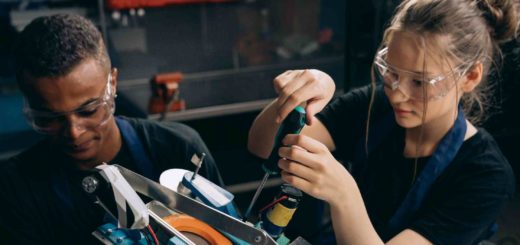What is an HVAC system and how does it work?
HVAC stands for heating, ventilation, and air conditioning. This system offers both heating and cooling to residential and commercial buildings.. From single-family homes to submarines you can find HVAC systems provide the means for environmental comfort. These systems utilize fresh outdoor air to provide optimal indoor air quality. The V in HVAC or ventilation is the process of replacing or exchanging air within a space. This process involves the removal of moisture, smoke, odors, heat, dust, airborne bacteria, carbon dioxide, and other gases as well as temperature control and oxygen replenishment providing a better quality of air indoors.
There are three main functions of an HVAC system, heating, ventilation, and air conditioning providing acceptable indoor air quality and thermal comfort. The heating component typically refers to either a furnace or a boiler. The ventilation element is natural or forced and when it is forced it is more often than not used for air cleaning purposes as well. The third and final component of an HVAC system is air conditioning, which functions in the opposite manner to heating. Removing the existing heat from the interior of the home is its main focus.
Air conditioners function by taking heat and humidity from your home and releasing it outside for eventually dropping the temperature in your home. All parts of the central cooling system must work together to complete this process. When the temperature in your home needs to be changed, central cooling kicks off. The thermostat will alert your cooling unit that the temperature needs to drop, and all parts will work simultaneously to get your space to your desired temperature.
Central heating systems can work in the same way as central cooling systems which move air around to change the temperature in your home. Central heating systems move the hot air in to get your home to your desired temperature instead of moving the hot air out. An HVAC device might actually be producing its own heat depending on what HVAC system that is. Heat pumps share identical components with split-system air conditioners and operate in a similar manner. When temperatures decrease and heat is required, the heat pump essentially reverses its process. Once a heat pump registers the function shift, a reversing valve in the outdoor unit kicks on allowing the heat pump to absorb heat energy from the outside air and transfer it into the home to warm it up.
In summary, an HVAC system, comprising heating, ventilation, and air conditioning components, is vital for regulating indoor environments in both residential and commercial settings. At CADD Centre, we understand the importance of mastering HVAC concepts for professionals in architecture, engineering, and construction. With our comprehensive training programs and expert guidance, you can enhance your understanding of HVAC principles, learn to design efficient systems, and excel in your career. Join us at CADD Centre to take your skills to the next level and make a significant impact in the field of building design and construction.



